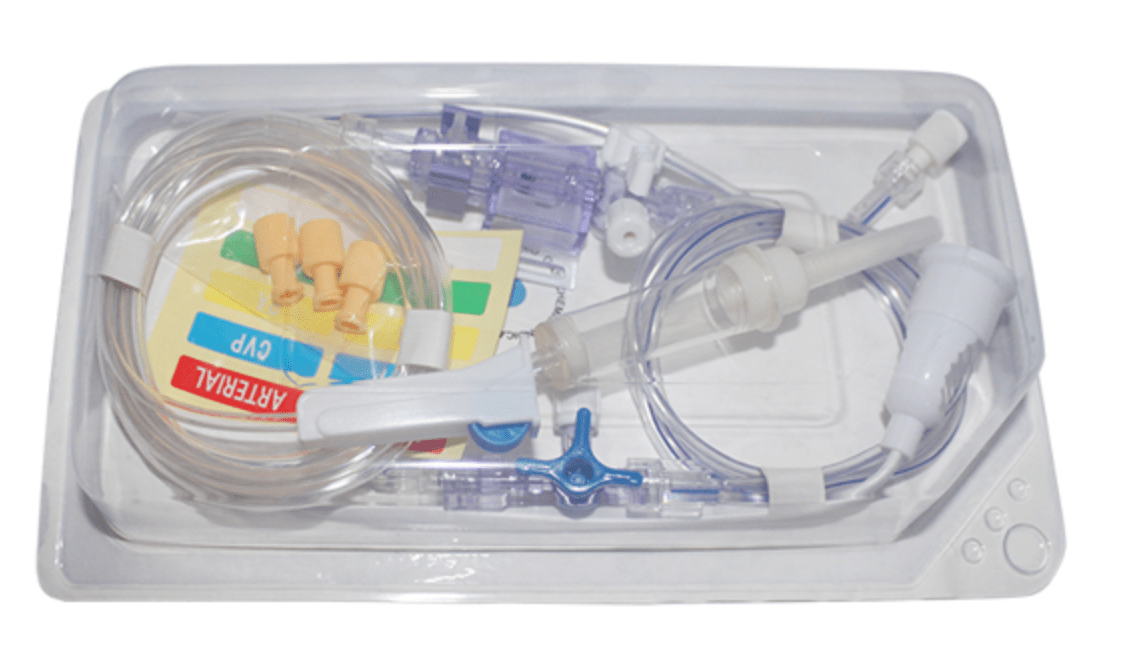Blood pressure measurement is a fundamental diagnostic procedure that provides crucial insights into cardiovascular health and guides therapeutic interventions. There are two primary methods of measuring blood pressure: invasive and non-invasive. Invasive blood pressure monitoring involves the insertion of a catheter directly into an artery, allowing for continuous, real-time monitoring of blood pressure. On the other hand, non-invasive blood pressure monitoring, commonly performed using a cuff placed around the arm, offers a simpler and safer way to obtain blood pressure readings but lacks the continuous data provided by invasive methods.
This article will focus on invasive blood pressure monitoring. We will explore when and how to measure blood pressure with invasive method.

Invasive blood pressure monitoring, while providing accurate and continuous pressure measurements, does come with risks and potential complications. The method involves arterial cannulation, which inherently presents several challenges and complications ranging from mild to severe. Here’s a breakdown of the complications:
The use of invasive blood pressure monitoring is indicative of severe clinical scenarios where precise and continuous monitoring is necessary to guide treatment. By understanding the specific indications and the optimal methods for arterial access, healthcare providers can effectively implement IBP to improve patient outcomes, minimize risks, and adapt treatment plans dynamically.
Choosing the appropriate arterial access point for invasive blood pressure (IBP) monitoring involves careful consideration of several factors including the patient’s condition, the duration of monitoring required, and specific risks associated with each site. Here is a detailed look at the criteria for choosing between common arterial access points such as the radial and femoral arteries, along with their respective advantages and disadvantages.
| Artery | Advantages | Disadvantages |
|---|---|---|
| Radial |
- Easily accessible - Lower complication rates - Can assess collateral circulation (Allen's test) - More comfortable for long-term monitoring |
- Smaller size can make cannulation challenging - Risk of occlusion affecting distal circulation |
| Femoral |
- Larger caliber, easier for cannulation - More central measurements - Can be used for multiple interventions |
- Higher risk of infection - Higher incidence of thrombosis - Can limit patient mobility |
Medke, with its commitment to innovation and quality, offers a comprehensive range of medical monitoring solutions, including both invasive and non-invasive blood pressure monitoring systems. These products are designed with the latest technology to ensure accuracy, durability, and ease of use, supporting healthcare professionals in delivering optimal patient care.
For more information on blood pressure monitoring products, visit our website or contact us via info@medke.com today.
Cannulation of the radial artery: advantages and disadvantages: link
Comparative Study of the Radial and Femoral Artery Approaches for Diagnostic Coronary Angiography: link
Invasive Blood Pressure Overview: link